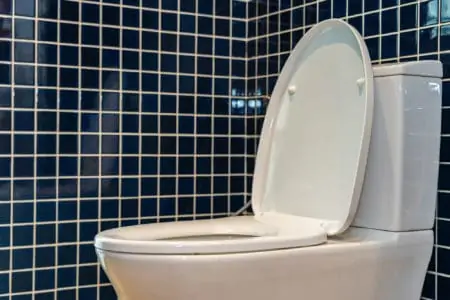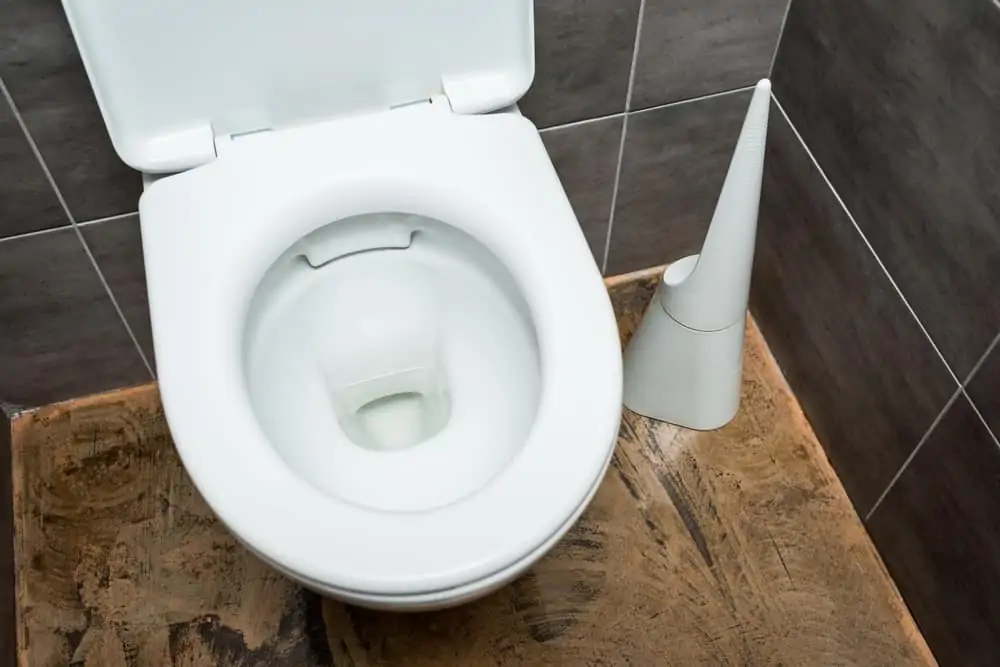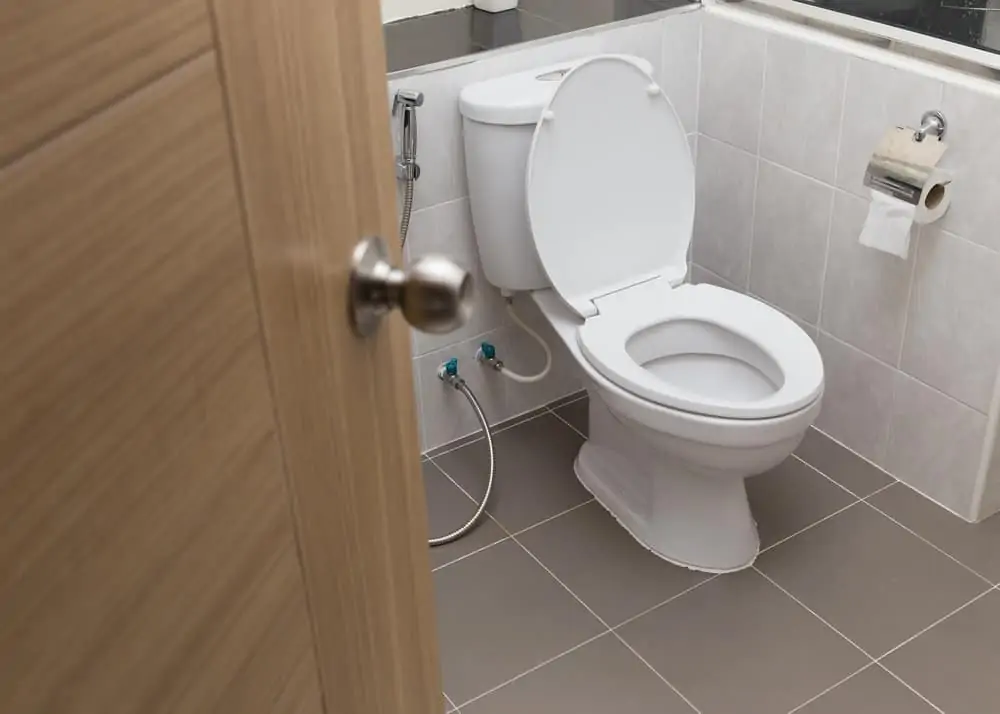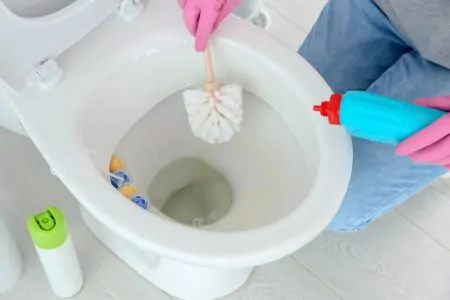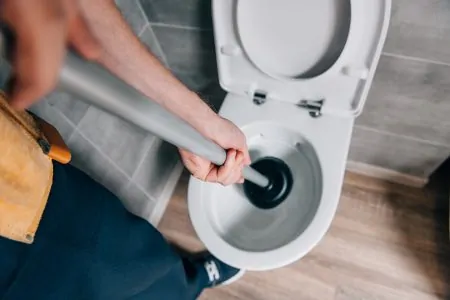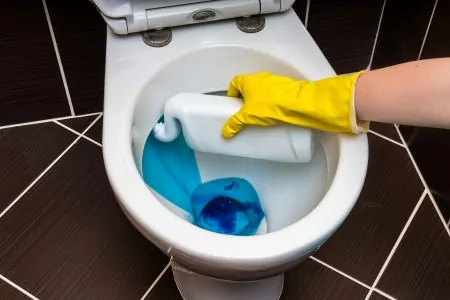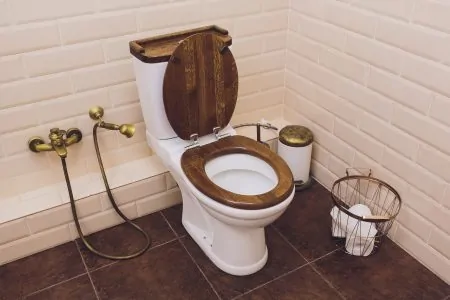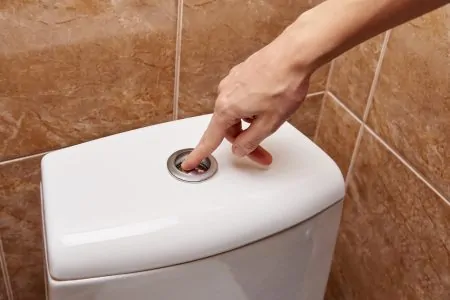Choosing a new toilet seat may not seem that important, but it could be the difference between a comfortable experience and a numb backside. Plus, you need to factor in other family members because it’s not always about you.
Here is our handy guide to toilet seat sizes, as we compare the shapes, sizes, and designs to see which one is the best for you and your family.
Key Takeaways
- Round vs. Elongated: Round toilet seats measure 16.5 inches in length and 14 inches in width, while elongated seats measure 18.5 inches in length and 14 inches in width.
- Measuring Length: Measure from between the seat post holes to the outer edge of the front of the seat to determine if it’s round or elongated.
- Measuring Width: Measure the widest part of the bowl, which should equal 14 inches for standard toilet seats.
- Seat Post Holes: The distance between the centers of the seat post holes should be 5.5 inches, which is an industry standard.
Are Toilet Seats Universal?
While toilet seats are not universal, the distance between the two bolt holes that fix your toilet seat to the bowl is pretty much standard across all makes and models. These are called seat post holes, and they generally measure 5.5 inches from the center of one hole to the other.
The most common toilet seat style is the elongated and round models, although round seats are losing ground to the elongated versions as they become increasingly popular.
Some toilets are European, especially those that cater to the D-shaped design, and they might not fit standard US size toilets.
Toilet Seat Sizes
As we’ve already said, the most popular toilet seats in the US are the round and elongated versions, but what are the differences between the two?
Round
Round toilet seats are still in demand, with many families with small children preferring them to elongated versions. Round seats have less space for children to fall through, making them safer. They are also more comfortable to sit on for larger people.
In the main, round toilet seats measure 16.5 inches in length and 14 inches in width. The shorter length means they are better for smaller bathrooms because they take up less floor space. For this reason, they are often cheaper, but only slightly.
Elongated
Elongated toilet seats are becoming more popular, especially with men who like to sit and pee. They are roughly 2 inches longer in length, which gives men the clearance they need to make peeing easier and more hygienic.
You get fewer splashes and drips, so the toilet seat is easier to keep clean. Most elongated toilets measure 18.5 inches in length and 14 inches in width. The extra 2 inches means the toilet takes up more floor space.
How To Measure Your Toilet Seat
Now you know the differences between round and elongated toilet seats, it’s time to get down to the nitty-gritty and learn how to measure your toilet to determine what type of seat you need.
Grab a tape measure, and let’s get started.
Length
The length is the most important of all the measurements. The seat post holes and the width are fairly standardized, but the lengths vary according to the model and style.
Measure from in between the seat post holes to the outer edge of the front of the seat. You need to measure the outer edge to the outer edge to get the correct dimensions.
The length determines whether you have an elongated or round bowl.
To Recap
Width
Do the same with the tape measure, working from the outer edge across the width of the toilet. Measure the widest part of the bowl to get the maximum dimensions.
It should equal 14 inches, so if you have a different set of numbers, you might have a non-standard toilet.
Seat Post Holes
To get the correct measurement of the seat post holes, find the middle of the hole and measure to the center of the other hole. It should be 5.5 inches, which is an industry standard. You don’t need to remove the seat to do this, just find the center of the existing bolt.
What Is a Non-Standard Toilet Seat?
A non-standard toilet seat is basically any seat that does not meet the standard measurements set above. It could be because of the shape or the design, or maybe you have an antique toilet that was made before standard sizes were invented. You might also have a foreign toilet, where the size standards differ.
If the seat post holes don’t match, you can buy replacement hinges to cater to the different sizes; however, it might be cheaper to get a seat that fits.
